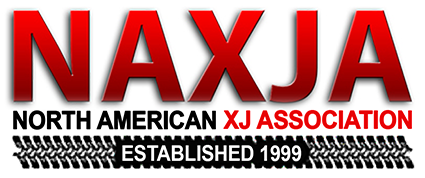Kejtar said:
Btw, "GPS in combo with paper maps is an ideal situation" no.... not really. I got momentarily lost in Big Bear area twice because the GPS has a somewhat "challenged" map in it, and the USGS maps definately need improvement. My biggest peeve is that the GPS and a map don't match on road names (if one displays a number then the other displays a name and vice versa)
Kejtar
GPS & Paper Map may not be ideal, but it's the best you can do in many situations. One of the OHV Volunteer groups I work with has a Map, Compass, & GPS class taught by a Licensed Surveyer
GPS and Map Survey coordinates are based on a Datum with distances measured (surveyed) off a fixed baseline. Remi, in Big Bear the baseline is a road you cross on the freeway below base of the mountain (Baseline Road

). The earth is not exactly round and the Map error grows the further you travel away from the baseline, as much as 1/4 mile compared to aerial photo surveys and GPS.
Map Datums are updated every twenty or so years. The last major update was WGS84 (1984 survey), and can be up to 1/8 of a mile different from the typical USGS Quad, from NAD27 (1927 survey) . My E-Map has close to 100 different Datums to choose from to better the localized accuracy.
Some parts of the Western desert have not been surveyed since the late 1800's, and the error can be worse than the 1/4 mile between baselines.
The advantage of GPS is it indicates where you really are in Lat/Long or UTM coordinates (within 30 yards, much closer with differential error adjustments). The downloaded GPS map however is based on a survey map, and map error is the reason for the difference.
Cal Poly teaches classes on Orienteering (and there is a geocatching club as well).
 but.... I used to be pretty good at it, although last time I did it was in 8th grade and on a totally different continent.
but.... I used to be pretty good at it, although last time I did it was in 8th grade and on a totally different continent.
